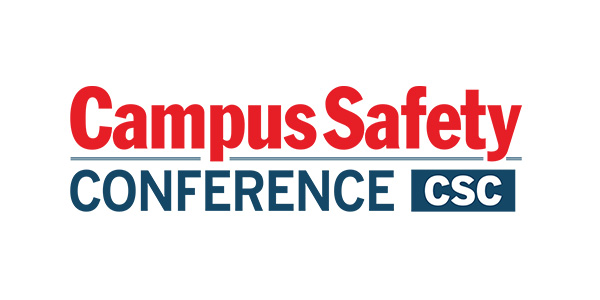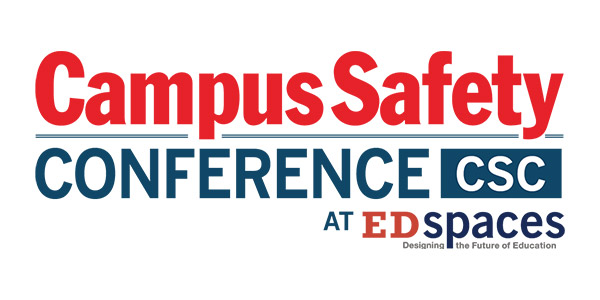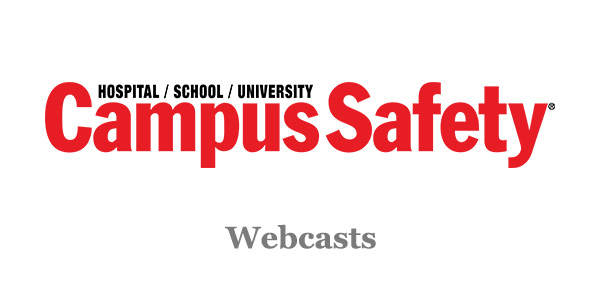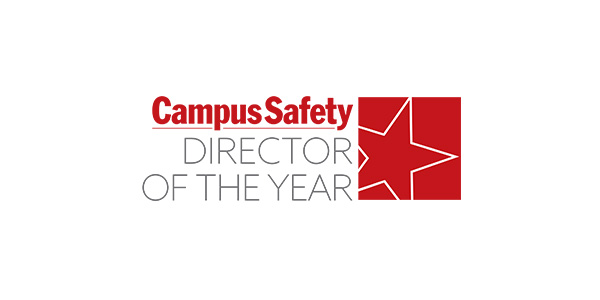Photos, Notes, Drawings Help Guide Responders
Proper preplanning requires attention to detail. An effective preplan includes photos, drawings and notes to provide fast visual confirmation of facility features and hazards. Some of the best pre-plans provide key information on a basic document needed for initial response. Further information – including site and floor drawings, annotated aerial and specific feature photos, and detailed notes on building hazards and features – can assist incident managers when they map out a strategy for dealing with more complicated incidents.
An Internet-based pre-planning tool can take advantage of new information technologies, such as integrating campus Web cams to provide responders with real-time information on any Internet-capable device.
Having an effective pre-emergency plan for your facilities is essentially a strong front-end of a complete business/education continuity plan. Why should you conduct pre-emergency planning? Quite simply, it can save the lives of those you protect and keep your operation running smoothly, even under the worst conditions. Get the information in advance – be prepared.
Greg Jakubowski, P.E., CSP, FSFPE, is principal and chief engineer of Washington Crossing, Pa.-based Fire Planning Associates. For additional information, visit www.fireplanningassociates.com.
Pre-Plan Checklist
-
Details on construction and building dimensions for fire flow calculations (determine how much water will be needed)
-
Number of building occupants, how that varies per shift and any special evacuation needs
-
Access to areas of the building and features such as shutoffs, lock boxes, fire alarm panels, hose connections and water supplies
-
Length of challenging hose stretches to various points in building
-
Limitations on ground/aerial ladder access
-
Details on protection/detection features and ways in which they can be utilized to handle an incident
-
Means to ventilate the building
-
Details on elevators in the building and how to control/access them
-
Information regarding hazardous materials
-
Where a spill in or around the building would drain
-
Information on confined spaces in the building
-
Salvage considerations
-
Location of potential staging areas
-
Location of potential medevac landing zones
-
Location of potential triage areas
- Police and security officers will be interested in knowing door swings







